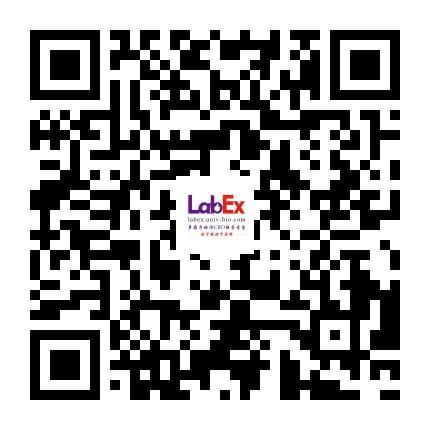Bacteroides fragilis-stimulated interleukin-10 contains expanding disease
Cytokines;Chemokines;细胞因子;趋化因子;MSD;Cytokines;Chemokines- J Infect Dis.
- 2011
- 7.759
- 411(4):791-807.
- Human,Mouse,Non-Human Primate
- MSD
- Serum
- 免疫/内分泌
- IL-17A
相关货号
LXMH07-1LXMH09-2LXMH09-4LXMH10-2LXMH10-4LXMH10-5LXMH111-1LXMH14-1LXMH30-1LXMH37-1LXMH40-1LXMH44-1LXMH46-1LXMH54-1LXMH71-1LXMH87-1LXMM09-2LXMM10-2LXMM10-4LXMM14-1LXMM50-1LXMM58-1LXMN09-1LXMN09-3LXMN10-3LXMN12-1LXMN24-2LXMN61-1
Abstract
The differentiation of therapeutic monoclonal antibodies in an increasingly competitive landscape requires optimization of clinical efficacy combined with increased patient convenience. We describe here the generation of MEDI5117, a human anti-interleukin (IL)-6 antibody generated by variable domain engineering, to achieve subpicomolar affinity for IL-6, combined with Fc (fragment crystallizable) engineering to enhance pharmacokinetic half-life. MEDI5117 was shown to be highly potent in disease-relevant cellular assays. The pharmacokinetics of MEDI5117 were evaluated and compared to those of its progenitor, CAT6001, in a single-dose study in cynomolgus monkeys. The antibodies were administered, either subcutaneously or intravenously, as a single dose of 5 mg/kg. The half-life of MEDI5117 was extended by approximately 3-fold, and clearance was reduced by approximately 4-fold when compared to CAT6001. MEDI5117 therefore represents a potential 'next-generation' antibody; future studies are planned to determine the potential for affinity-driven efficacy and/or less frequent administration.
金课堂之文献解析 文献原文请点击
本网站销售的所有产品及服务均不得用于人类或动物之临床诊断或治疗,仅可用于工业或者科研等非医疗目的。







 沪公网安备31011502400759号
沪公网安备31011502400759号
 营业执照(三证合一)
营业执照(三证合一)


